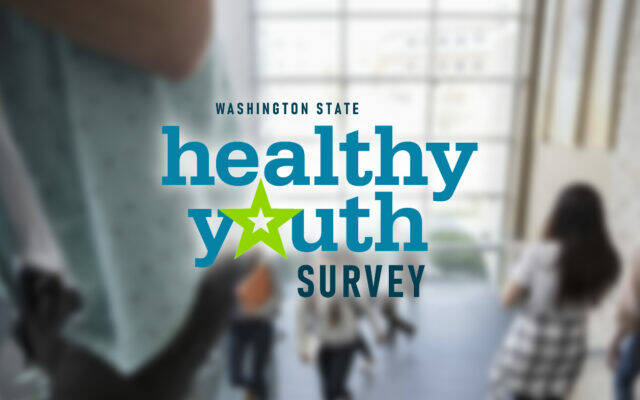The kids are alright — sort of.
District administrative leader Kristen Haizlip talked about the Healthy Youth Survey, a biennial state program that tracks alcohol, narcotics and sense of well-being among sixth- through 12th-graders, with the Bainbridge Island school board April 25.
On BI, youth use of nicotine, marijuana and dissatisfaction at school is lower than the state average—except high school seniors, who are smoking more weed and drinking more alcohol by 10 percentage points.
“It is high here. It was high ten years ago,” Haizlip said.
The survey is anonymous and voluntary, but legislators use it to shape policy, implement social services and intervene in areas showing crisis. At BISD, “results may be used to plan programs to support youth and reduce their risks,” the district wrote on its website.
Health teachers are doing what they can to explain the risks of drug and alcohol use as a minor, but high school is too late for the message to sink in, Haizlip said.
Ultimately, she emphasized, it’s not up to the school to bring the numbers down. “Access and use are a community effort, and those same adults that are providing opportunities for kids to get involved [with substances] also need to be having conversations about drug and alcohol use,” she said.
Isolation and stress during COVID exacerbated the youth mental health crisis in the U.S., but Bainbridge seemed to buck the trend. Students report feeling engaged at school, are becoming less prone to drug consumption and are more likely to know the risks of experimenting with alcohol and narcotics than their predecessors. “Hopefulness” is in the 90th percentile across the board.
That’s positive news, board member Evan St. Clair said. “We’re still in really hard years. We’re still struggling — kids are struggling, adults are struggling. To have the overall hope level be so high and trending, year over year — that’s commendable,” he said.


